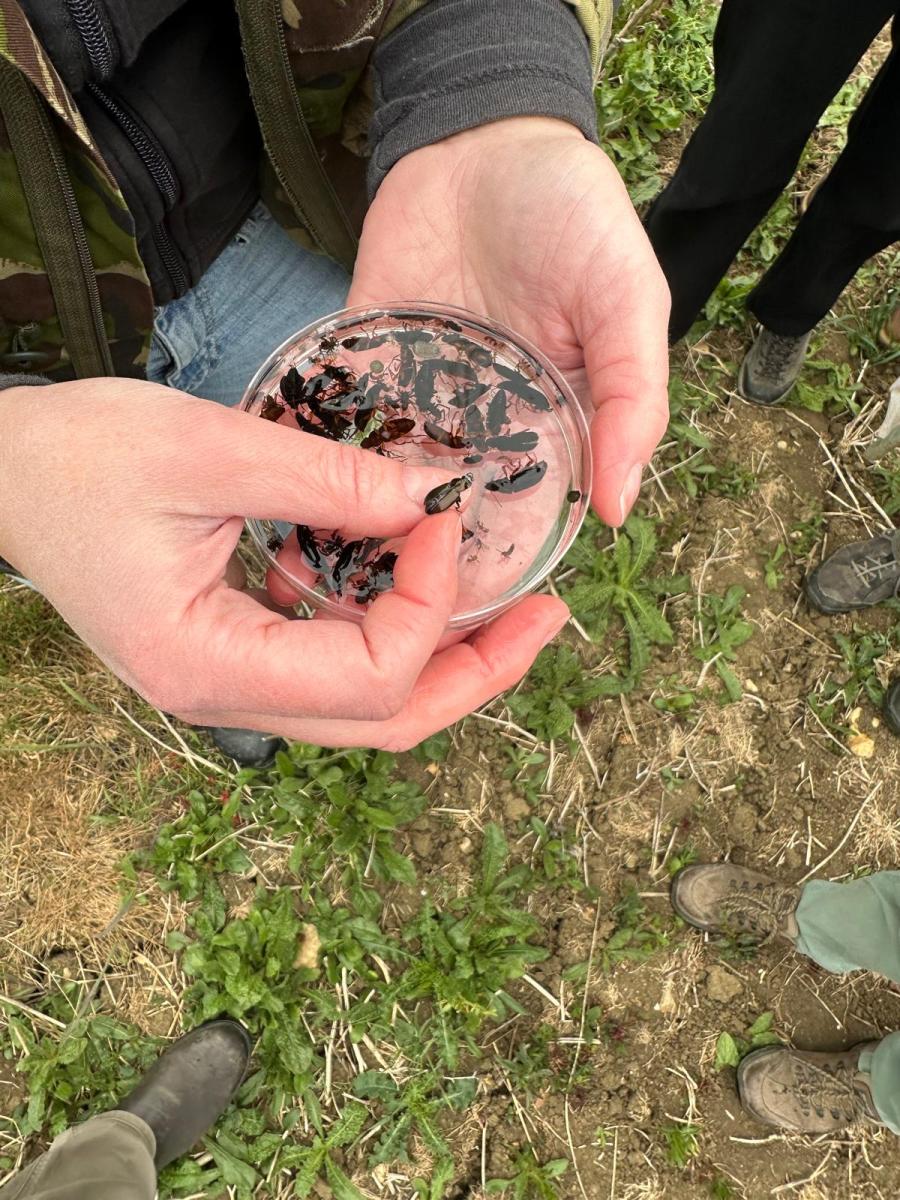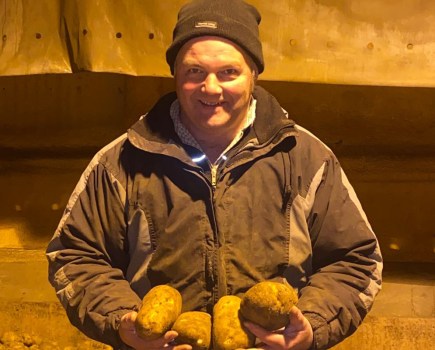By Martin Lines
As always, time is flying by and somehow it’s event season again. This is our chance to study crop variety trials at the various shows and open days, and explore the latest options entering the market. I’m always eager to see new innovations and explore how they might fit into our rapidly evolving market.
For me, some of the most interesting trials and demonstrations investigate treated versus untreated plots, or establishment techniques and dates. Selecting varieties of crops to grow next year based on our successes and failures from this year’s results is becoming increasingly challenging.
For one, this year’s weather and disease pressure have been significantly different from those of last year and the year before. Erratic weather patterns and a changing climate certainly pose difficulties for forecasting crop plans.
For me, not putting all of your eggs into one basket with a single variety of crop seems to be the more resilient option going forward, keeping several bases covered. However, an increased number of varieties can also bring storage and handling issues which have to be planned for.
When nature is in charge, a range of different plants grow in any given field or landscape, which together balance and compete to create a stable, healthy ecosystem that supports itself without intervention. Some farmers are trying to mimic this by growing complementary varieties of crops and beneficial plants together, which are then separated after harvest.
Growing large areas of single varieties opens up the opportunity for particular pests and diseases related to that crop to run wild. That, in tandem with volatile weather, could mean significant problems for crop yields. Yet growing a mixture of varieties and crops that can either be stored separately or together after harvest could lead to reduced costs and a more resilient harvest.
While it’s easy to focus on the variety we find above ground, the importance of diversity doesn’t stop there. Increasingly, many farmers are showing a growing interest in the below-ground diversity. Take roots, for example. What are the different root structures and depths doing to help your soil health?
When you chose this year’s varieties, did you consider their root composition? When was the last crop trial that looked at root growth? The accessibility of water may become increasingly important in the coming years, and crops with extensive root structures and depths can better access moisture and nutrients than shallow-rooted ones.
Aside from roots, should we also be looking at the soil biodiversity, alongside crop diversity? What variety and species of worms do we have in the soil? Are they helping us, and if so, how can we encourage them onto our land? Should we be measuring the levels of soil biodiversity in terms of beneficial fungi, protozoa and mycorrhizae?
It isn’t just the diversity of our crops and soils which could help us to balance our accounts and maintain yields. It’s the diversity we have in our fields and in hedges and edges that may help reduce costs, improve the predation of pests and increase pollination. Monitoring the number and variety of beetles, for one example, can be really useful once you realise the different species they feed on (hint – it’s pests!).
At a recent event, we were learning about which beetles or their larvae eat slug eggs, pollinate crops or eat weed seeds. Who knew that having more beetles in your fields and margins helps decrease the amount of weed seed that germinates? It had me thinking: what creepy crawlies and bugs are there that I’m not monitoring which could be helping me to produce my crops while reducing my input costs?
One of the great things about CPM is the variety of stories and articles it publishes: from manufacturers or researchers promoting the latest product or technology, to different farmers looking at practices, techniques and crop varieties that deliver improved outcomes. Like many things in life, a single fixed model doesn’t work for every farmer, every landscape or every business.
Employing a diverse variety of approaches focused on a common goal means farmers can use what works for them on their unique pieces of land. Still, the result is broadly the same – our businesses, crops, soils, and nature are healthier and more resilient because of the variety.
This article was taken from the latest issue of CPM. Read the article in full here.
For more articles like this, subscribe here.
Sign up for Crop Production Magazine’s FREE e-newsletter here.




